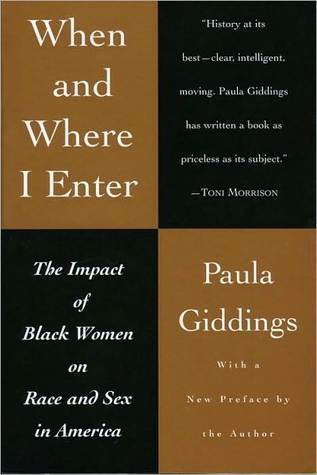What do you think?
Rate this book


413 pages, Kindle Edition
First published May 1, 1984
. . . At the turn of the century, Black women initiated social reform in Black communities when government fell short, and they created the means to educate their own. They went toe to toe with White feminists, defended themselves and the race, and did not hesitate to chastise the men who sought to keep them from doing so. In the process, Black women helped launch and sustain the modern civil rights movement. They also exposed the deep core of feminism, which went to the heart of women's rights: over their souls, their bodies, their families, their labor. And in the course of all that, Black women may be said to have provided the means to free everyone.The information here is vital and impressively researched, though the book itself became tedious at times with the surfeit of names, dates and organizations being difficult to follow. I do still look forward to reading Giddings's later work, Ida: A Sword Among Lions, and I recommend this to any students (professional or otherwise) of the Civil Rights or Feminist movements.
The Black woman was able to accomplish so much in those years because she had an unshakable conviction: The progress of neither race nor womanhood could proceed without her. And she understood the relationship between the two.